In keeping with our Creation Story, our Kumeyaay existence extends back to the beginning of our time through our oral history and our oral tradition.
Our Kumeyaay people live, work, and play from the coast to the mountains to the desert. Guided by the wisdom teachings of our Creation Story, our Kumeyaay ancestors intelligently care for the land, water, and air the insight that we need to care for all forms of life perpetuity.
Generation after generation, our Kumeyaay people live balance and harmony with the waterways and ecological systems of our territory as our ancestors before them had done for more than 10,000 years as understood in Western European terms, or since the beginning of time in our Kumeyaay oral tradition
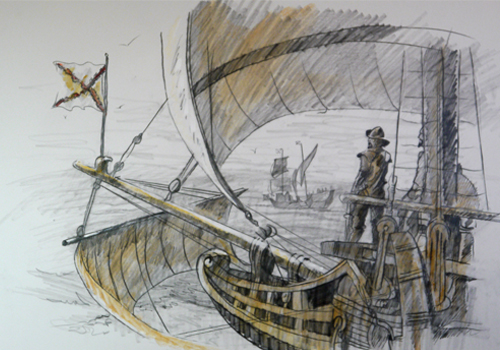
Spanish Conquistador Hernán Cortés and his army topples the Aztec empire. Mexico falls into Spanish colonial rule for three centuries.
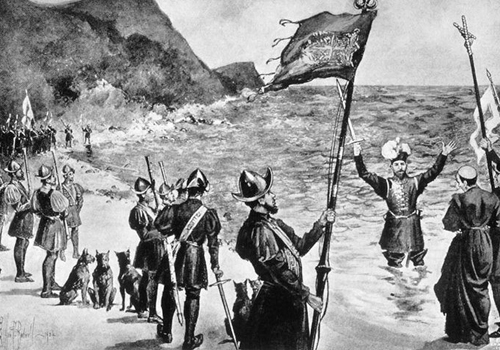
Sebastián Vizcaíno, Spanish explorer, makes landfall on Kumeyaay territory (better known today as Mission Bay and Point Loma) and names the area for the Catholic Saint Didacus, a Spaniard more commonly known as San Diego de Alcalá.
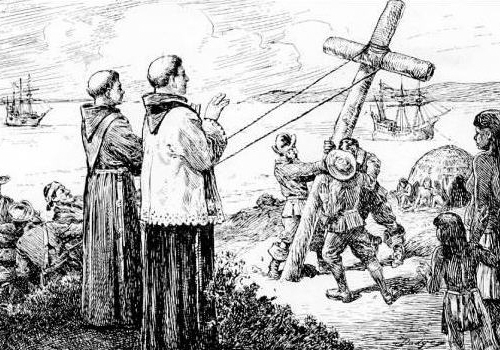
Roman Catholic Spanish priest and friar, Junípero Serra, arrives to the Kumeyaay territory and founds the first of nine Spanish Catholic missions that he will create as a “chain” of 21 missions throughout California.
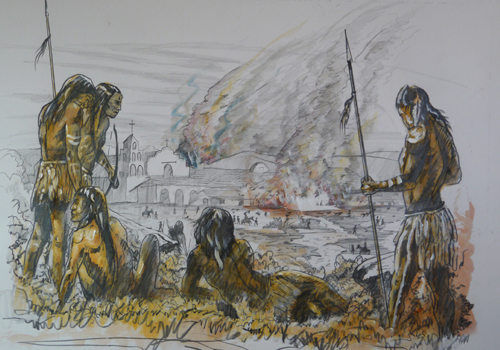
The Kumeyaay people consider the San Diego mission, with its extremely high death rate, to be an invasion of their territory that they will no longer tolerate. Accordingly, some 800 Kumeyaay men attack and burn the San Diego mission one month after it was constructed with forced Kumeyaay labor.
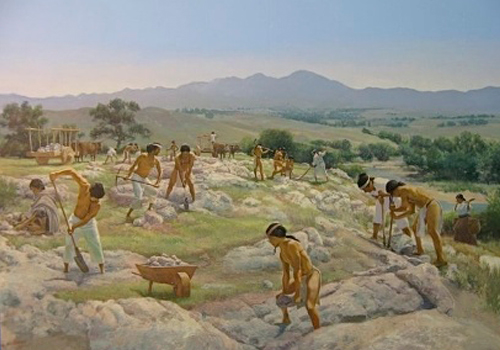
The San Diego mission is rebuilt by the Spaniards using forced Kumeyaay labor.
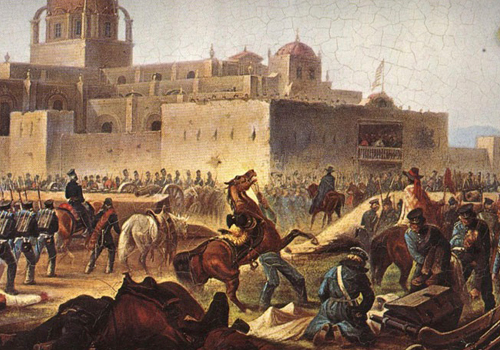
In 1808 across the Atlantic Napoléon Bonaparte, a French military and political leader, invades and occupies Spain until 1813. With Napoléon's invasion and occupation, Mexico's desire to revolt heightens. The Hidalgo Revolt marks the beginning of the Mexican War of Independence against Spain.
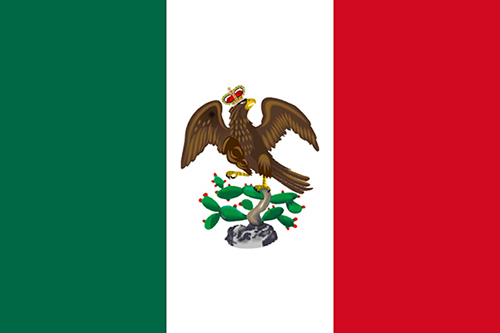
California becomes part of Mexico following a successful revolution to politically eject Spain from Mexico.
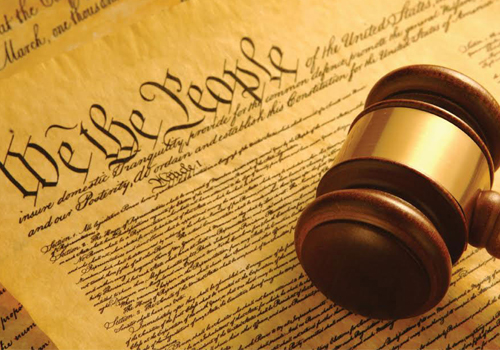
Mexican Constitution of 1824 recognizes the equality of all Mexican citizens. The term “Indians” is defined as meaning only those who had been baptized (Christianized). Unbaptized Native people could not be declared “citizens.”
A skirmish between Indians and Mexican troops in San Diego kills 28 Kumeyaay.
Measles epidemic decimates a large part of the Indian population in California.
The Indian Pueblo of San Pasqual is founded to resettle displaced Kumeyaay.
The Mexican government secularizes the mission system throughout Mexico, and begins parceling and granting to private individuals “mission” and Kumeyaay lands as Rancho land grants to Mexican settlers.
The Mexican military abandons the Spanish Presidio in San Diego.
A smallpox epidemic decimates yet another part of the Indian population in California.
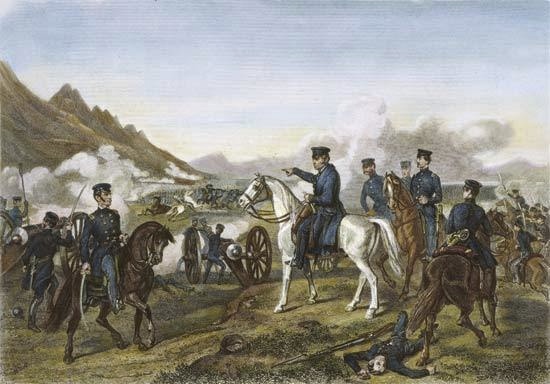
General Kearney of the United States and his military force arrive to the Kumeyaay territory (“San Diego”). Kearney asks the Kumeyaay to stay out of the “Battle of San Pasqual” and promises the Indians that the United States will treat them fairly. Kearney wins that battle at San Pasqual, a battle he would have lost if it had not been for Kumeyaay support.
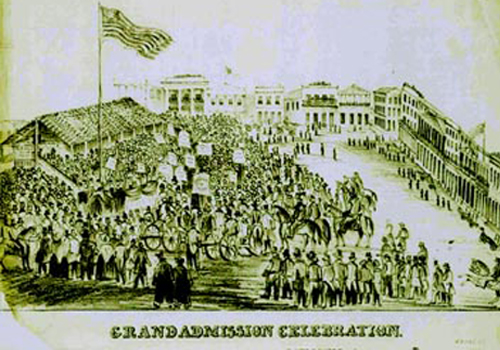
California achieves statehood and is admitted into the Union of the United States. State passes the Act for Government and Protection of Indians, limiting the rights of the Indians in California. Only state constitution to reject the federal government’s right to deal with Indians.
U.S. treaty commissioners make eighteen separate treaties with the Indians of California. Due to pressure from congressional representatives from California.
The California Indian population is reduced by 90%.
U.S. government declares southern 1,000 acres of Mat Kun eli (Point Loma) a military reservation.
On January 7, twenty-two Kumeyaay leaders sign the Treaty of Santa Ysabel. In June, the United States Senate refuses to ratify the treaty and places the treaty under and injunction of secrecy, where it remains until it is disclosed in 1905. As a result, the Kumeyaay Nation has never ceded relinquished, or surrendered its territory in a ratified treaty with the United States or in any other document.
U.S. government declares southern 1,000 acres of Mat Kun eli (Point Loma) a military reservation.
Indian lands granted away without permission to non-Indian settlers in Rancho Land Grants.
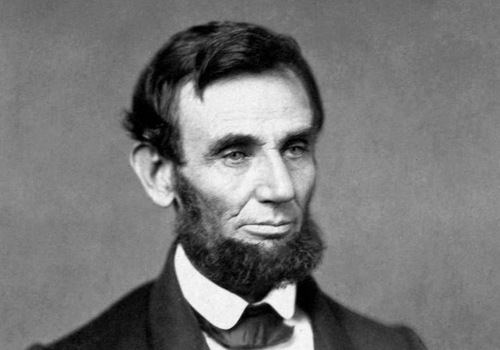
Abraham Lincoln elected President of the United States.
Common School Act excludes Indian children from California public schools.
22,000 Indians have died in less than twenty years from disease and deprivation.
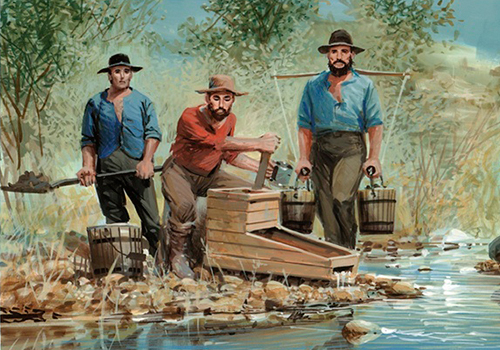
During the 1850s to 1870s, white settler engage in the whole massacre of Indians, particularly in the goldfields of central and northern California. The California population is reduced by 90%.
United States ends treaty making with Indian nations, though treaties already remain in force.
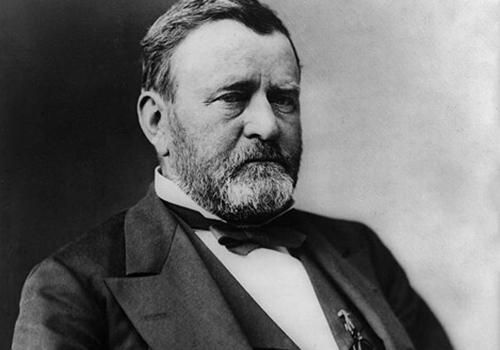
President Ulysses S. Grant issues Presidential Executive Order setting aside Indian lands “for the permanent use and occupancy of the Mission Indians of Lower California.” The Kumeyaay reservations formed include Capitan Grande, Santa Ysabel/Mesa Grande, Sycuan, Inaja, and Cosmit.
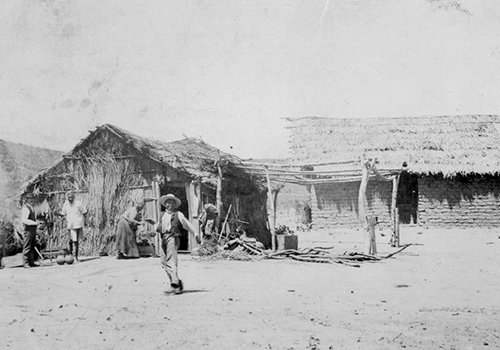
President Ulysses S. Grant issues Presidential Executive Order setting aside Indian lands “for the permanent use and occupancy of the Mission Indians of Lower California.” The Kumeyaay reservations formed include Capitan Grande, Santa Ysabel/Mesa Grande, Sycuan, Inaja, and Cosmit.
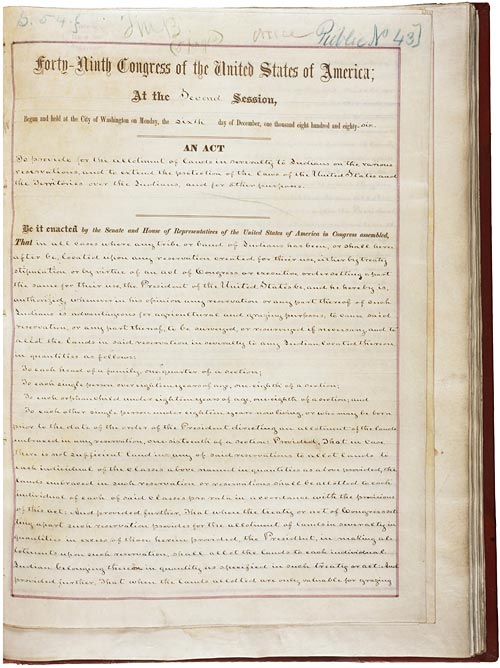
Congress passes the General Allotment Act, or Dawes Act. The Act authorizes the President to divide (“allot”) Indian reservations into 160-acre land parcels for each family and “open” the remaining lands to white settlers. This, the dominant society believed, would “solve” the “Indian Problem” by discouraging Indians from living in a traditional collective system by “giving” land in severalty to Indians as individuals. The General Allotment Act was repealed in 1934, but the allotments granted continued.
Congress passes “An Act for the Relief of the Mission Indians in the State of California.” The Act provides for the formation of a Commission to “arrange a just and satisfactory settlement of the Mission Indians residing in the State of California, upon reservations which shall be secured to them.” The Smiley Commission was formed on the basis of the Act.
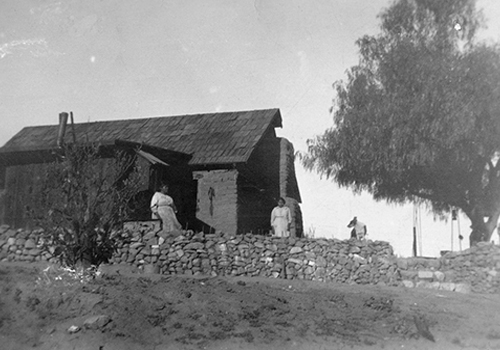
The Smiley Commission formalizes the boundaries of a number of Kumeyaay Indian reservations. In February 1893, the federal government issued Trust Patents that place the Sycuan, Capitan Grande, Campo, Ewiiaapaayp, Santa Ysabel (including Mesa Grande), San Pasqual, and other reservations into permanent federal “trust status".
Congress passes the Indian Citizenship Act, thereby recognizing American Indians as U.S. citizens.
Indians of California filed suit (case K-344) against the United States government for an equitable claim for the failure of the U.S. to ratify the eighteen treaties made with Indian nations in California in 1851-1852.
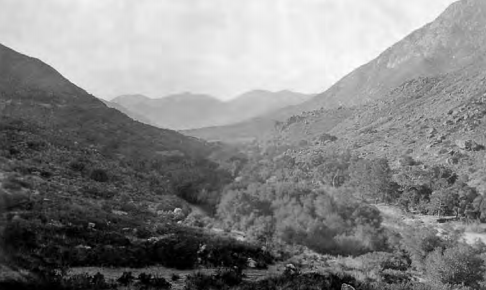
The U.S. Congress—influenced by the desire of land speculators, and unknown to the Kumeyaay nation—grants the City of San Diego permission to purchase the heart of Capitan Grande Reservation where many Kumeyaay families were living in their homes. The Kumeyaay people were forced off ancestral lands on the San Diego River in order for the City of San Diego to build the El Capitan Dam and reservoir. The federal government relocates the Capitan Grande Kumeyaay to the present-day Barona Reservation. Then, in 1942, some other Kumeyaay are relocated onto what is now the Viejas (Baron Long) reservation.
The United States passes the Indian Reorganization Act, which is rejected by most Southern California Indian Reservations. "The Indian Reorganization Act of June 18, 1934, or the Wheeler-Howard Act, was U.S. federal legislation that dealt with the status of Native Americans (known in law as American Indians or Indians). It was the centerpiece of what has been often called the "Indian New Deal". The major goal was to reverse the traditional goal of assimilation of Indians into American society, and to strengthen, encourage and perpetuate the tribes and their historic traditions and culture." (Wikipedia)
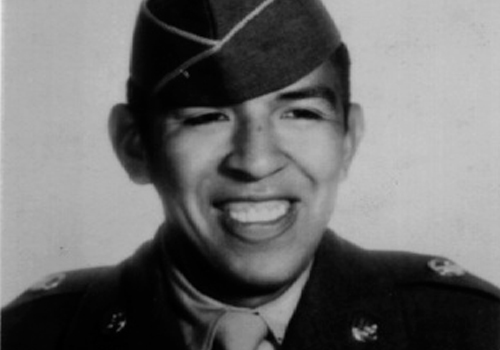
Many Kumeyaay serve in the United States military with distinction and honor during WWII.
Congress passes the Indian Claims Commission Act. There were 610 Dockets across the United States, some of which are still in litigation today. Dockets 13 and 80 (A and D) were the cases pertaining to the “Mission Indians of California” claims. The Kumeyaay and Luiseño receive very little compensation for lands they have never ceded or relinquished by treaty.
Indians get the full right to vote in California and are now able to vote for local politicians.
Public Law 83-280 is passed by Congress allowing State law enforcement authority on tribal reservation lands. Poverty and substandard housing are used as an excuse by County agencies to remove Indian children from their homes and adopt them out to white families.
The Bureau of Indian Affairs, "an agency of the federal government of the United States within the U.S. Department of the Interior. It is responsible for the administration and management of 55,700,000 acres (225,000 km2) of land held in trust by the United States for Native Americans in the United States, Native American Tribes and Alaska Natives,"(Source: Wikipedia)
relinquishes all control excerpt for trust management. All other services are terminated.
The Indian Civil Rights Act is passed providing U.S. Constitutional rights to Indians living on reservations.
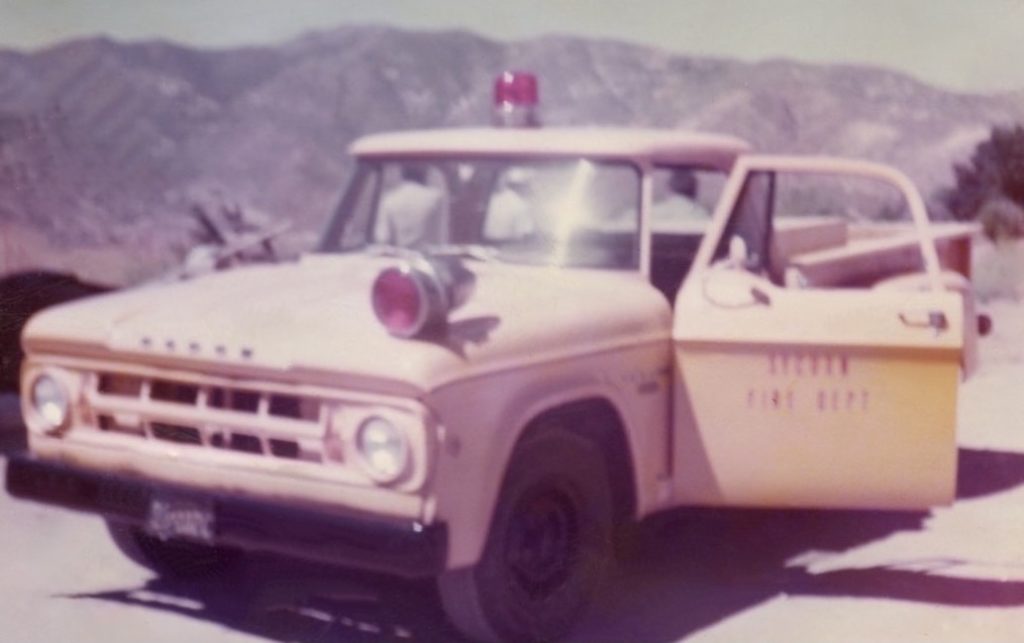
The Sycuan Fire Department is established on October 11 to provide the Reservation Residents with a much-needed service that was not provided by the non-reservation emergency service providers.
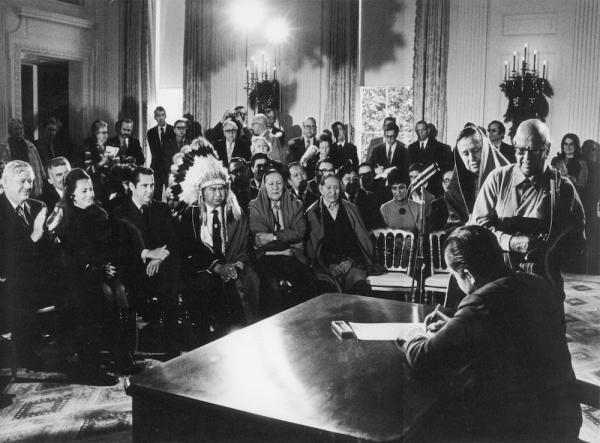
The Indian Self-Determination and Educational Assistance Act is passed by Congress and signed into law by President Nixon. The act provided “federally recognized Indian tribes” with the ability to manage federal 638 contracts, and more directly manage their own affairs.
Congress passes the American Indian Religious Freedom Act, "enacted to return basic civil liberties, and to protect and preserve for American Indians their inherent right of freedom to believe, express, and exercise the traditional religious rights and cultural practices of American Indians, Eskimos, Aleuts, and Native Hawaiians." (Source: Wikipedia) The Doctrine of Christian Discovery makes this Indian Religious Freedom Act necessary despite the fact that the U.S. Constitution is already supposed to guarantee religious freedom to everyone.
Southern California Indian Health Council, Inc. (SIHC) is formed to provide Indians health services in that part of the Kumeyaay territory called “San Diego County.”
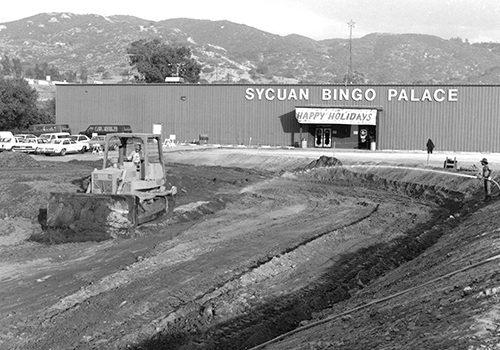
Sycuan Indian Reservation opens a Bingo Hall as an economic development venture.
U.S. Supreme Court hands down its decision in California v. Cabazon Band of Mission Indians. The district court ruled that neither the state nor the county had the authority to regulate gambling on Indian reservation land. (1986-1987)
Congress passes the Indian Gaming Regulatory Act which allows for gaming compacts whereby state governments and Indian nation governments can negotiate gaming compacts for reservation-based gaming enterprises.
Sycuan hosts its first annual Charity Golf Tournament.
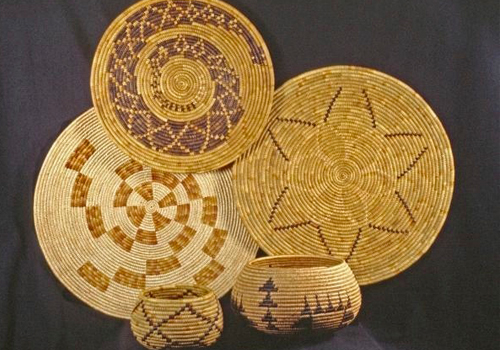
Congress passes the Native American Graves Protection and Repatriation Act (NAGPRA) in an effort to facilitate the return of artifacts and sacred items to Native nations.
Native Cultures Institute begins organizing cross-border travel to reunite Kumeyaay families split by international boundary line between the United States and Mexico, a boundary line that cuts across the territory of the Kumeyaay Nation.
Kumeyaay Cultural Repatriation Committee is formed, representing many Bands of the Kumeyaay Nation, to handle the return and repatriation of Kumeyaay artifacts, funerary items, and other sacred items, pursuant to the Native American Graves and Repatriation Act of 1990.
The Sycuan Inter-Tribal Vocational Rehabilitation Program is established and provides vocational rehabilitation (VR) services to American Indians with disabilities living on or near the 12 consortia reservations of the Kumeyaay Nation, consistent with their individual strengths, resources, priorities, concerns, abilities, capabilities, interests, and informed choice so that they may engage in competitive, meaningful employment including, telecommunicating and business ownership.
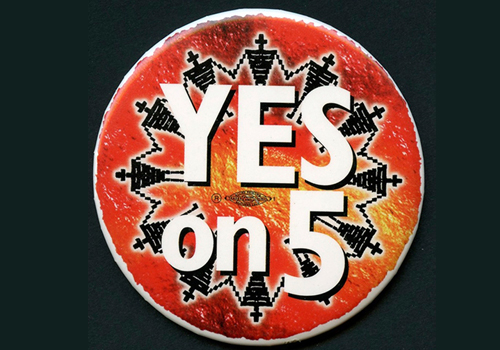
Proposition 5 is passed by the voters of California which would allow for Indian gaming in the State of California. The Proposition is then overturned by the California courts.
The Sycuan Fire Department / BIA Golden Eagles Hotshots organization is established on June 15 as a Type 2 crew. It is one of seven BIA-funded crews in the United States and is the only BIA crew in the state of California.
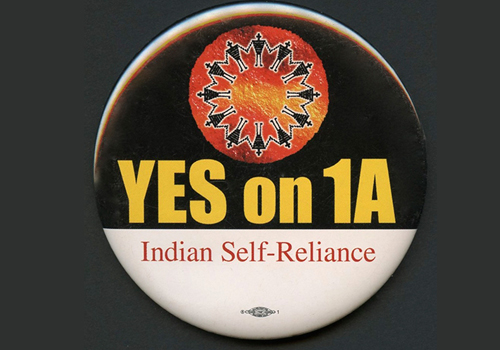
Proposition 1-A is passed by the voters of California, thereby making Indian gaming a protected activity within the framework of the Constitution of the State of California.
In August, the Golden Eagles receive status as a Type 2 initial attack hand crew, which provided the opportunity to take more advanced assignments.
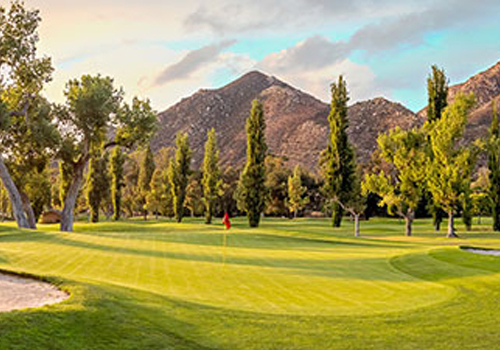
In May, Sycuan acquires one of Southern California’s most popular and highly regarded golf resorts, Singing Hills Country Club and Resort - today known as Singing Hills Golf Resort at Sycuan.
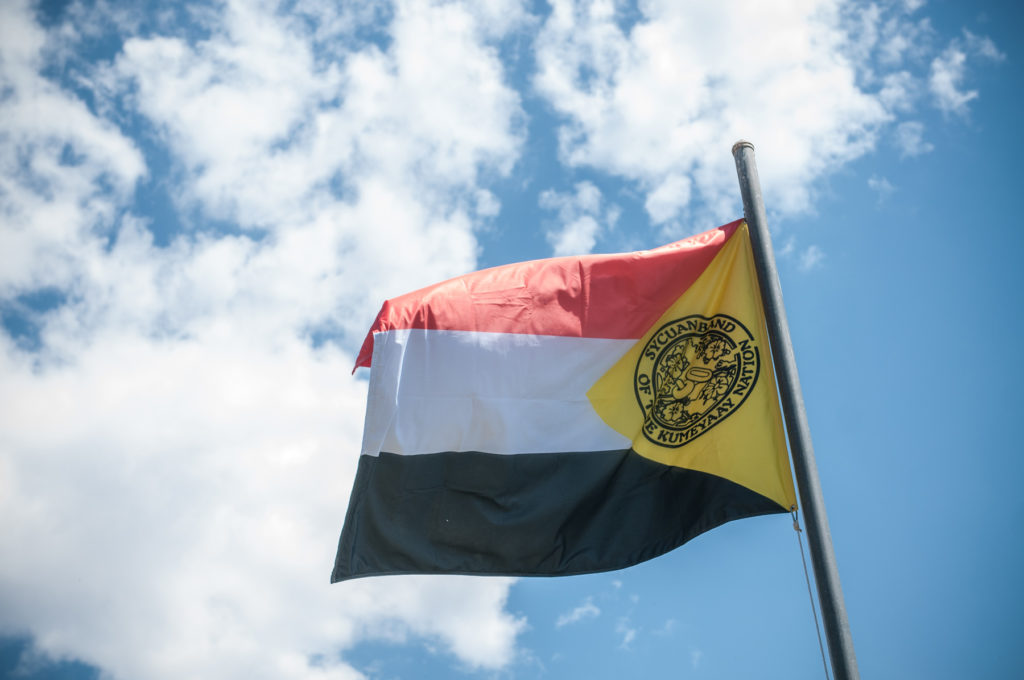
California State Assembly (AJR-60) recognizes the Kumeyaay Nation and the traditional territory where the Kumeyaay have lived for thousands of years, which includes areas on both sides of the international boundary line between the United States and Mexico.
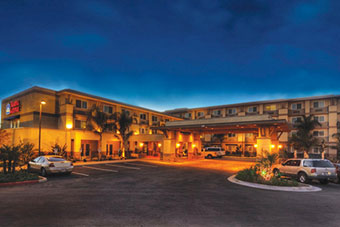
Sycuan partners with the MRW Group and Latino Builders to form the Marina Gateway Company. The partnership planned to take a parcel of land located directly near the I-5 Freeway in National City and develop a 173-room hotel, restaurant, and commercial building to revitalize the National City waterfront from industrial to recreational and retail.
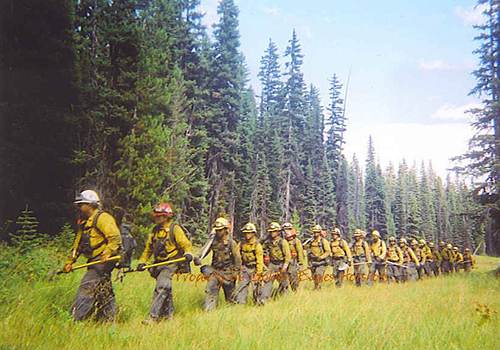
By January, the BIA recognizes the Golden Eagles as a Type 1 training crew, and by October 2005, the Crew was fully certified as a National Interagency Hotshot Crew, having met all the standards and qualifications necessary to become one of the nation’s elite type 1 hand crews.
Kumeyaay Community College is founded by Sycuan Council Resolution.
Kumeyaay Diegueno Land Conservancy is established with the support of nine of the twelve Kumeyaay Nation Bands.
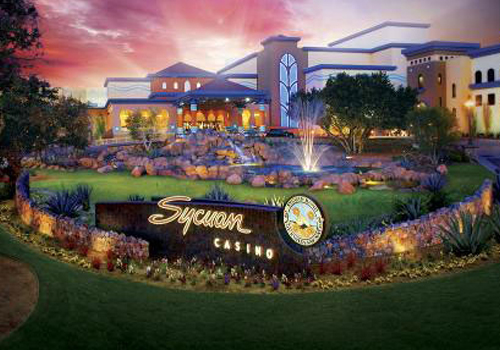
Sycuan Band of the Kumeyaay Nation holds a grand re-opening of Sycuan Casino and begins a $27 million dollar enhancement.
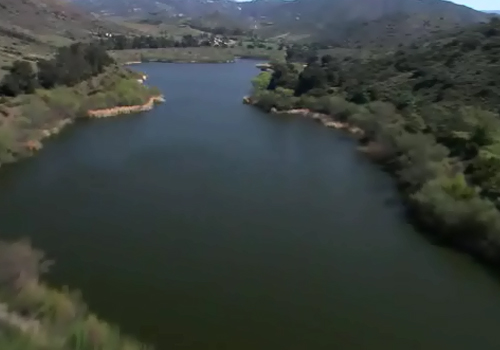
Sycuan purchases 1200 acres in Dehesa Valley in the traditional Kumeyaay Nation territory; 600 acres are placed under the Kumeyaay Diegueno Land Conservancy, and the 600 are placed in federal trust status thereby making them part of the Sycuan Indian Reservation.
Sycuan’s “Our People. Our Culture. Our History.” wins a 2014 EMMY® Award, Pacific Southwest region, for outstanding achievement in television. The 48-minute program tells the story of Sycuan and the Kumeyaay Nation through the words of its people—Tribal elders, Council leaders, family members, and the next generation.
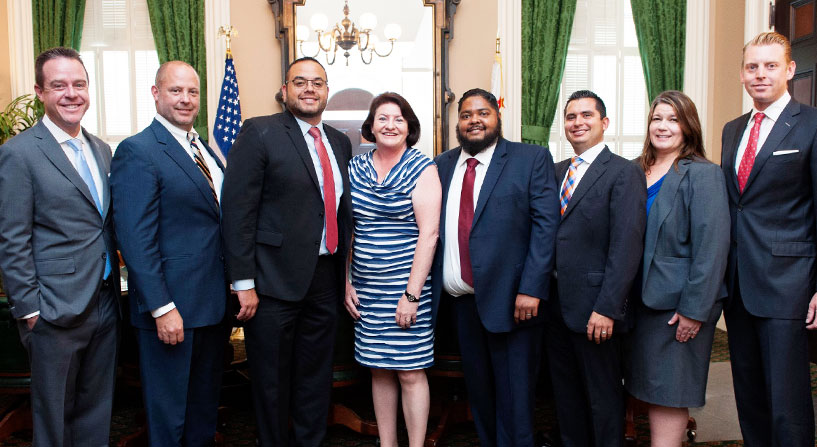
Governor Edmund G. Brown Jr. signs a tribal-state gaming compact in an effort of increased collaboration and partnership between the Sycuan Band of the Kumeyaay Nation and the State. The Compact encompasses regulations for gaming including revenue distribution, licensing, compliance enforcement, rules, and regulations for the operation and management of the tribal gaming outlet, dispute resolution provisions, and public workplace health, safety, and liability.
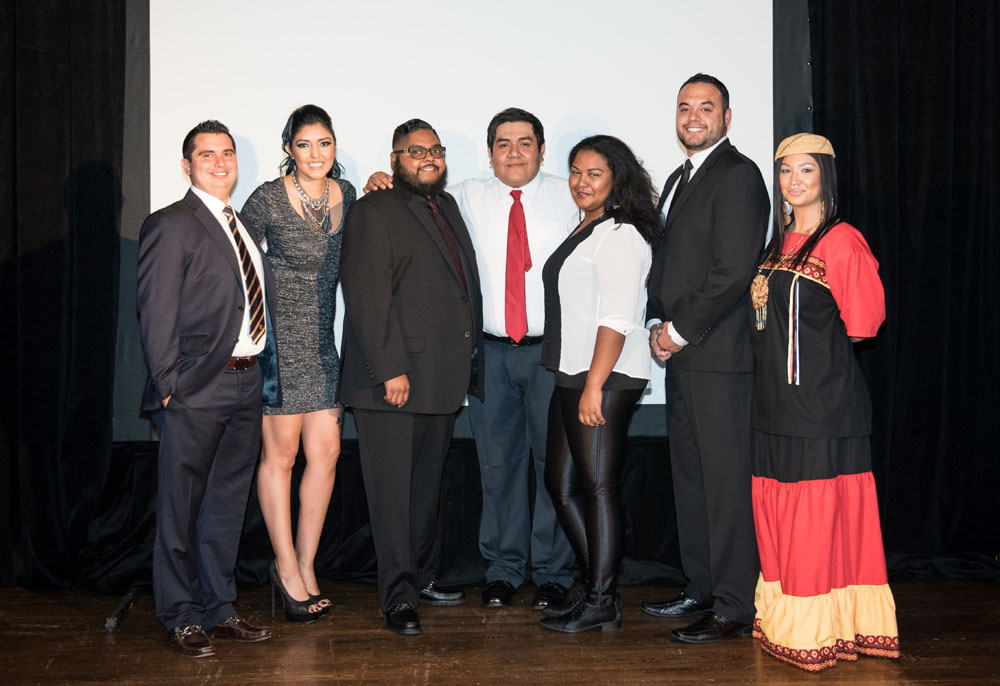
The Sycuan General Council elects their new Tribal Council. Officers and Council members will assume office on January 1, for a four-year term.
August 19th, the Sycuan Band of the Kumeyaay Nation opens a new Sycuan Cultural Center.
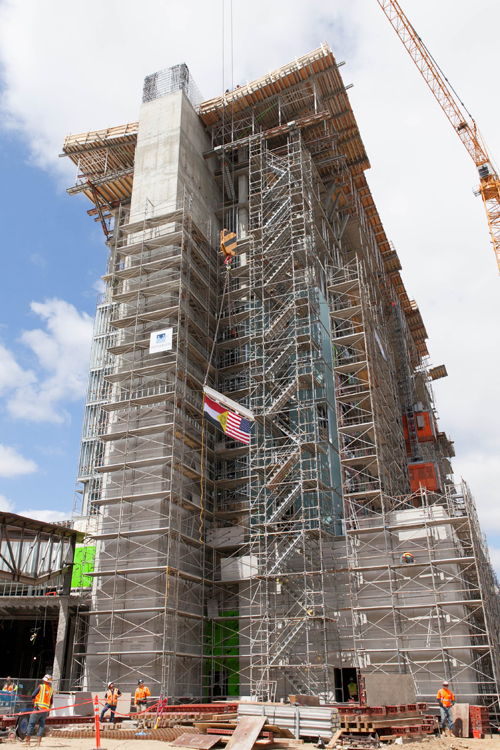
May 23, 2018 – Sycuan Casino announced that its expansion project has reached another major milestone. The organization hosted a Topping Off Celebration on Tuesday to place the final beam on its new hotel tower.
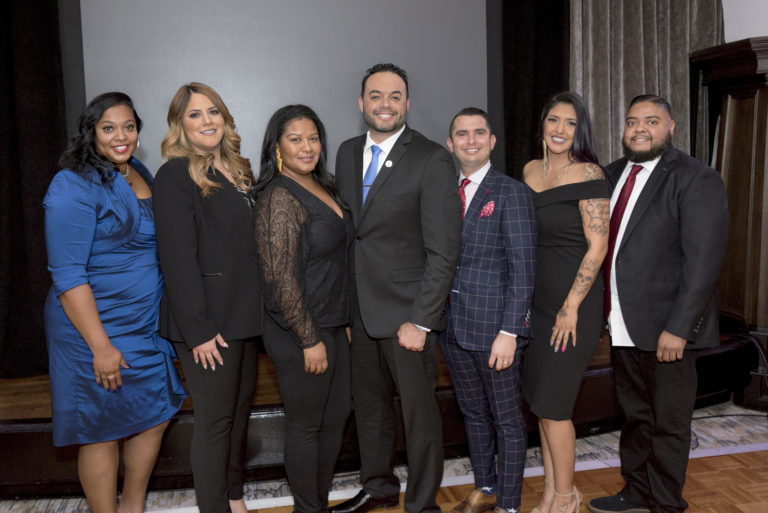
Sycuan General Council elects new Council.

Sycuan Tribal Council cuts the ribbon on a highly anticipated $260 million hotel resort expansion.
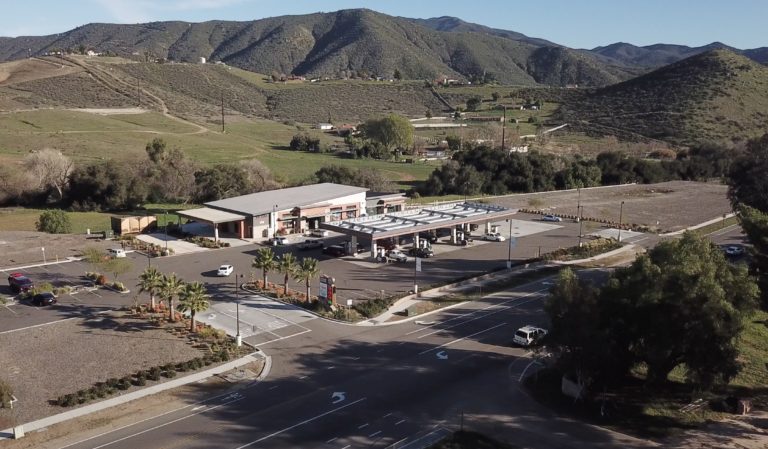
Sycuan's Tribal Development Corporation opens Sycuan Square, featuring a 5,500 square-foot convenience store and 16-pump gas station with the lowest prices in East County.
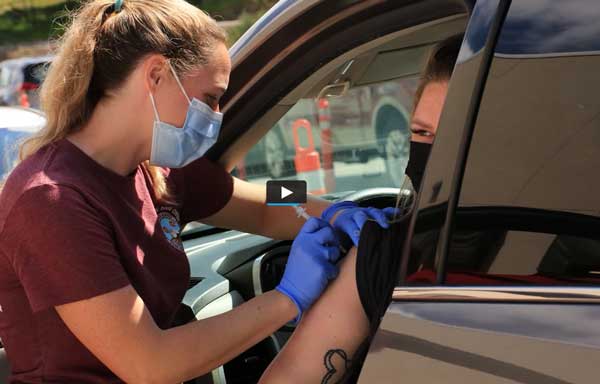
Sycuan Tribal members, employees, and the community receive free COVID-19 vaccinations as Sycuan Medical Center hosts a COVID-19 Vaccination Day.
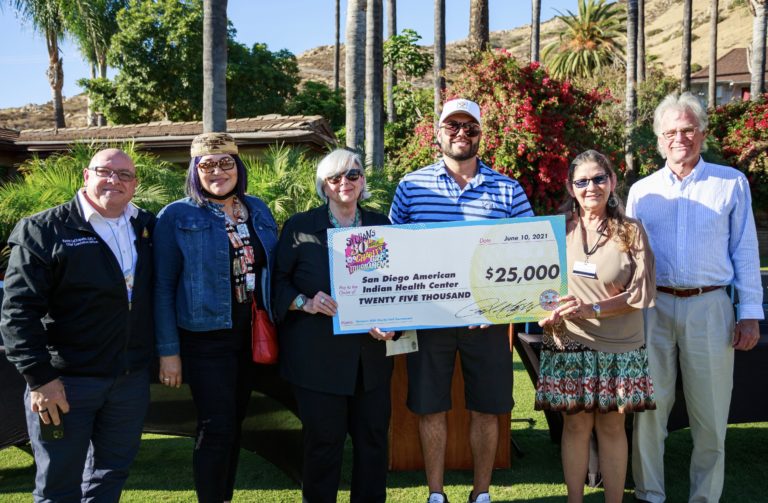
Sycuan donates $100,000 to vital community partners at its 30th Annual Charity Golf Tournament.
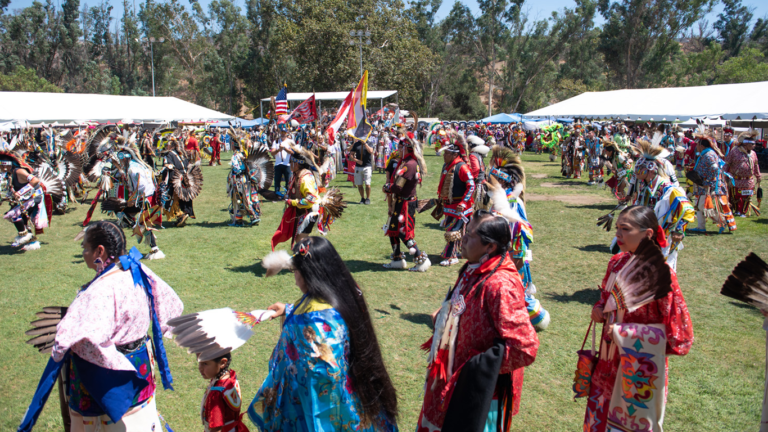
The Sycuan Band of the Kumeyaay Nation hosts its 31st Annual Pow Wow on the Sycuan Reservation, celebrating Native American history, culture and traditions from across North America.
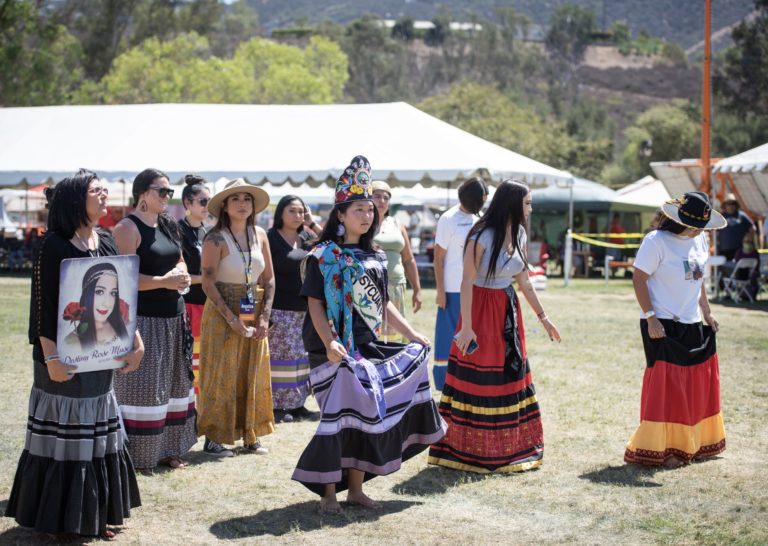
The Sycuan Band of the Kumeyaay Nation hosts its 31st Annual Pow Wow on the Sycuan Reservation, celebrating Native American history, culture and traditions from across North America.
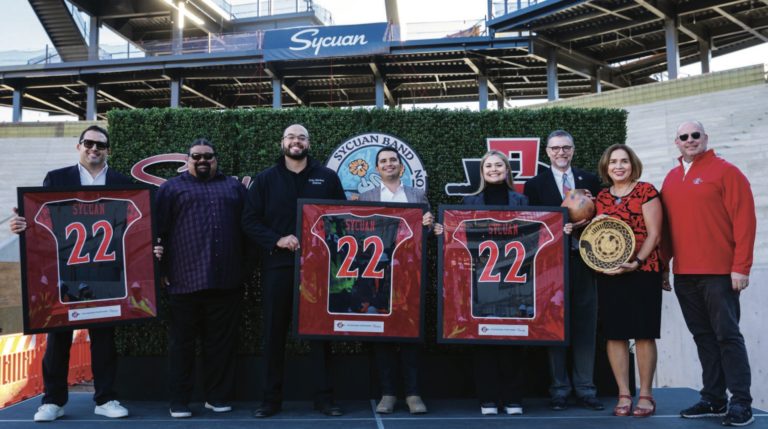
The Sycuan Band of the Kumeyaay Nation and Sycuan Casino Resort are named inaugural Founding Partners at San Diego State University's brand-new Snapdragon Stadium.
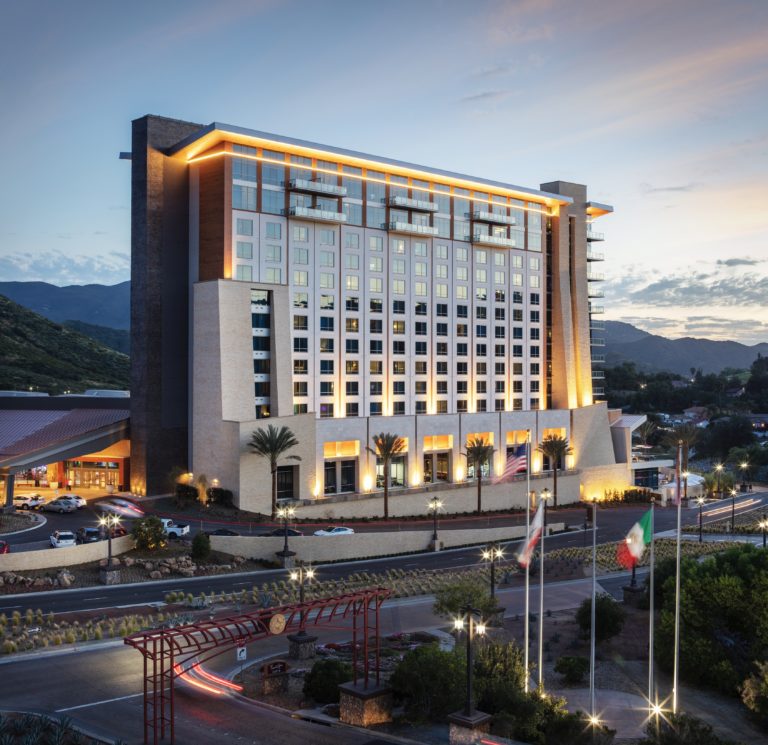
Sycuan Casino Resort celebrates its 38th Anniversary.